What do caterpillars eat? The life cycle of a caterpillar is incredibly intriguing. It’s even become a famous and endearing story for kids (in case you don’t have little ones, it’s “The Hungry Little Caterpillar”).
If you have ever had the joy of raising caterpillars, you will find it a beautiful thing to witness how they grow from plump, finger-like forms into gorgeous moths or butterflies. Whether we are keeping caterpillars or not, one thing that certainly comes to mind is what they eat.
TLDR: What Do Caterpillars Eat?
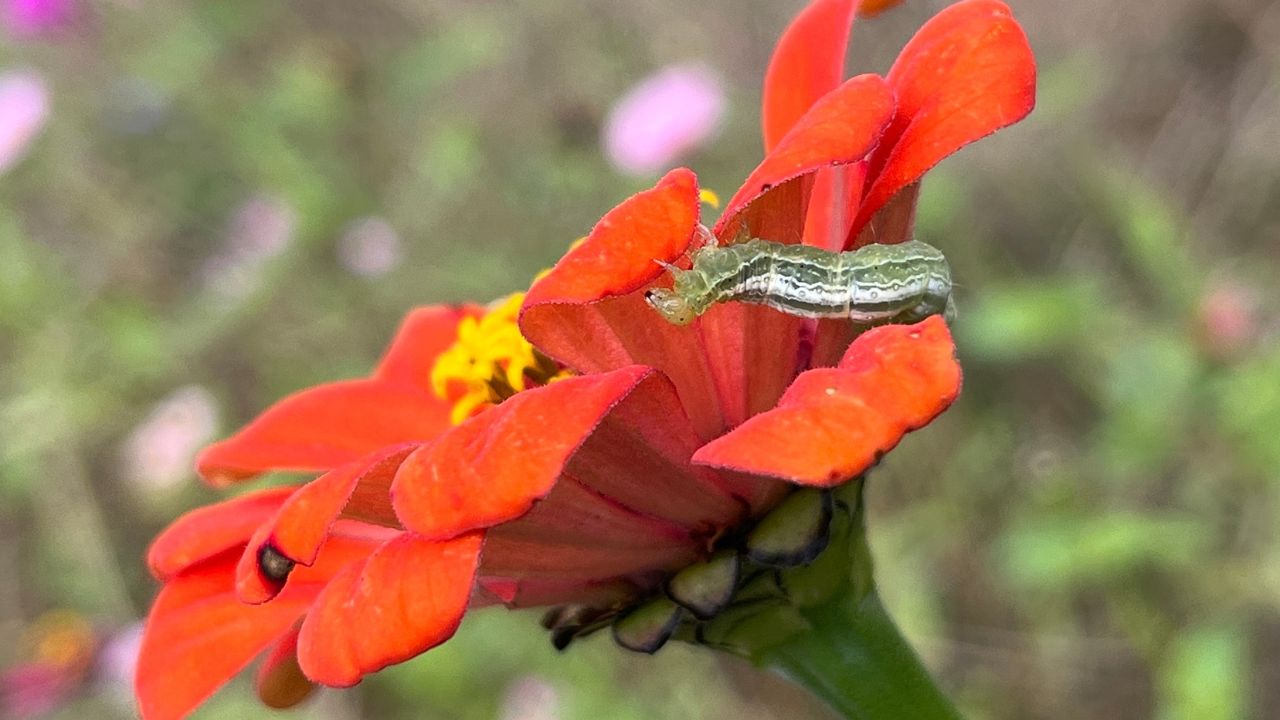
Image Credit: Shutterstock.
Caterpillars, the young of butterflies and moths, feed primarily on plants, particularly the leaves. Some, however, do also feed on other parts of plants, such as the flowers and seeds. If your caterpillar is not eating what you are giving it, the universal food source is oak leaves.
If we talk about caterpillars in nature, the moths or butterflies are most likely to lay their eggs near or on a food source so their offspring will have a “ready-made meal.” Let’s dig in deeper!
What Are Caterpillars?

Image Credit: Shutterstock.
Most of us have a general idea of what a caterpillar is. We’ve seen them crawling around, maybe trying to eat stuff in your garden, especially in the early springtime. But let’s go over some basics about this insect before we get into what they eat and how you can handle them when they get into your garden.
First, a caterpillar is defined as the larval stage of members of the order Lepidoptera. This includes butterflies, as most people know, but also moths. Basically, it is the second stage in a four-stage life cycle for a butterfly or moth. Here are the stages:
- Egg
- Larva
- Pupa
- Adult
Caterpillars are insects, just like their adult stage of butterfly or moth. And while they do look like worms, they’re not the same.
It must be noted that caterpillars are distinctly different from worms, even though they do often have a similar appearance. Caterpillars are cold-blooded, just like worms; however, they are different in that they are the larvae of butterflies and moths.
Understanding Caterpillars and Their Feeding Behaviors

Image Credit: Shutterstock.
Also, all species of caterpillar hatch from eggs and feed in a similar way to worms; however, they then turn into pupae and ultimately grow into moths or butterflies. Interestingly, there are more than 20,000 different species of caterpillars to be found around the world.
The plants that caterpillars feed on are known as host plants, and once they mature into butterflies, the flowers whose nectar they drink are called nectar plants. Many species have specific host plants on which the butterflies initially lay their eggs.
Generalist vs Specialist Feeders
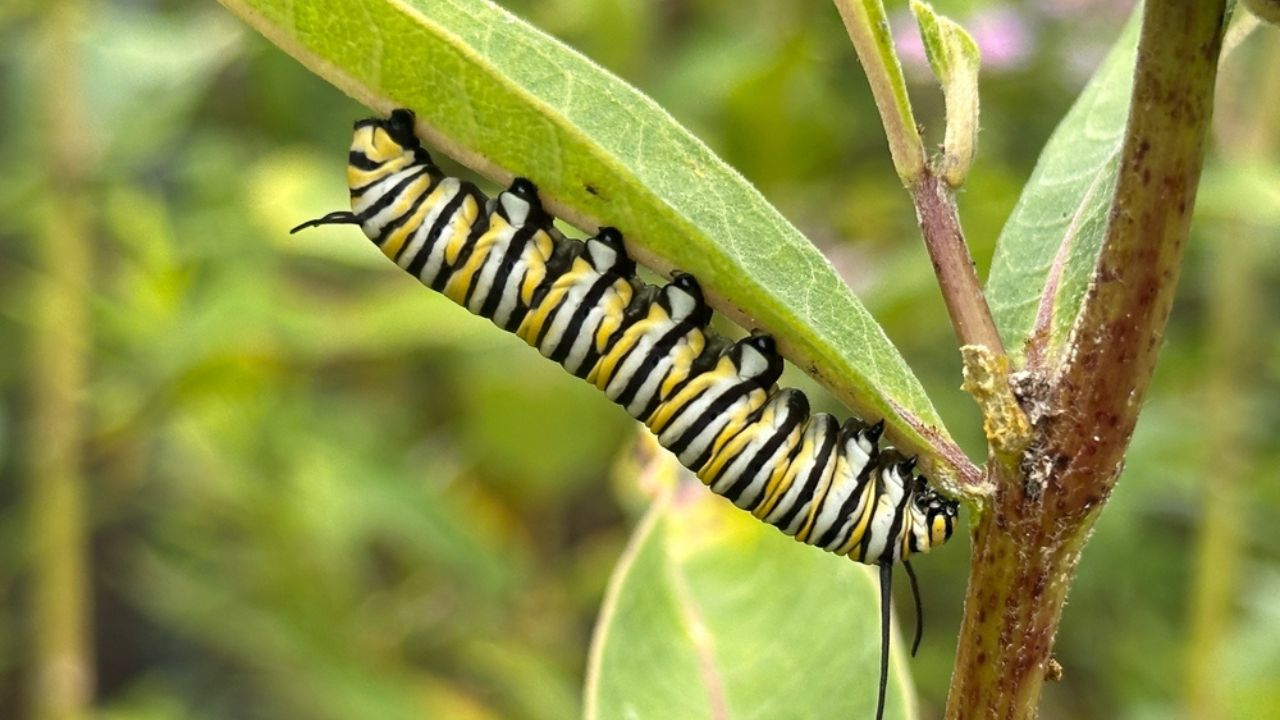
Image Credit: Shutterstock.
Most caterpillars eat the same essential foods, and many caterpillars are herbivores. And among these, there are two distinct categories, namely the specialist and generalist feeders.
Specialist feeders will only feed on specific types of plants and are very selective in what they eat. For example, silkworms will only feed on Mulberry leaves. Others, however, are not as picky, and they have a much broader diet.
For another example, black swallowtail caterpillars will feed on any plants found in the parsley family, including fennel, dill, carrot, and parsley. Another example is the mourning cloak caterpillar, which will eat elm, aspen, hackberry, willow, and cottonwood.
There are, believe it or not, a handful of carnivorous caterpillar species; however, they usually tend to only feed on small and soft-bodied insects such as aphids.
What Caterpillars Feed On – 6 Food Sources

Image Credit: Shutterstock.
As we have noted, most caterpillars will feed on plants, particularly the leaves thereof. Most will also feed on dead leaves. The problem for the living plant is that sometimes, caterpillars will eat enough to cause severe damage.
Therefore, most host plants have, over time, developed chemicals to deter caterpillars from eating them; however, the caterpillars have evolved as well. Some of these plants also include herbs and spices that we consume, such as basil or peppermint.
This can also be a big problem if you get a caterpillar infestation in your garden and it’s destroying your crops. We’ll talk more about how to deter this in a bit. For now, let’s break down each type of food that caterpillars eat.
1. Leaves
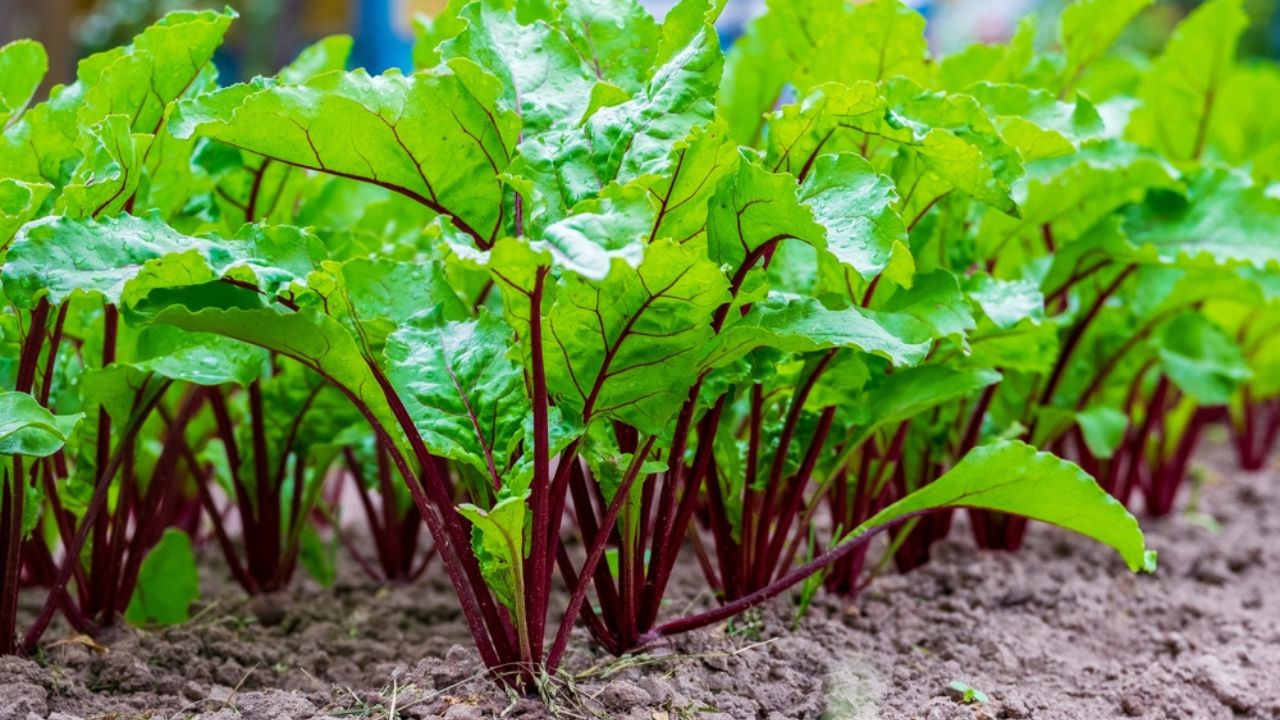
Image Credit: Shutterstock.
The humble leaf is probably the first source of food that will come to mind when thinking about a hungry caterpillar is the humble leaf, and there is a good reason for that. A vast number of butterflies will lay their eggs on the leaves of plants, and the caterpillars will then happily munch away on them until they are ready to find a spot to pupate.
2. Flowers

Image Credit: Shutterstock.
When it comes to the plant, it is not just the leaves that are in danger of being eaten, as some species of caterpillar thoroughly enjoy eating the flowers of a plant too. Not all caterpillars eat flowers, but some that do will munch on flower buds, seeds, and the blooms themselves.
An example of one caterpillar that will do this is the Star-worth caterpillar. They love flowers, but their favorites are the Sea Aster.
3. Grass

Image Credit: Shutterstock.
When we think of the go-to food for caterpillars, grass is probably not up there on the list of things that we first think of. However, it is an easy-to-find food source, and certain types of caterpillars, such as the Gatekeeper and Meadow Brown caterpillars, thoroughly enjoy grass.
4. Ants

Image Credit: Shutterstock.
As we have seen, some species of caterpillars, such as the Large Blue butterflies, have a peculiar life cycle in terms of their feeding patterns. At first, this caterpillar will feed on the flowers of Wild Thyme, but when it approaches the time to pupate, it will begin to feed on a specific species of red ant.
5. Animal Waste

Image Credit: Shutterstock.
This one is undoubtedly a less appealing food source, but species such as the Skin Moth caterpillars are like flies and certain beetles in their choice of food. These types of caterpillars will dine on the decaying flesh of things like birds and mice.
6. Honeycomb

Image Credit: Shutterstock.
Some caterpillars really love sweet things, and these might also invade beehives and try to feed on their honeycombs. This can be very devastating to a beehive, so if you also keep bees, you may want to watch out for these types of caterpillars and try to take preventative measures to avoid an infestation.
How Does a Caterpillar Eat?

Image Credit: Shutterstock.
If you have ever picked one up and examined it, caterpillars have tiny jaws; however, they are strong and pincer-like. Typically, the caterpillar will get the edge of whatever they are eating between its jaws and begin munching away. It is remarkable to witness them eating as they require large quantities of food each day to grow.
How to Determine What a Caterpillar Will Eat

Image Credit: Shutterstock.
If you hope to raise caterpillars in captivity (like as a school project, for example), you need to identify what they eat, whether they are specialist or generalist feeders. Unless it is a well-known caterpillar and you are already aware of what it eats, you will have to do some digging.
You can either find out what type of caterpillar it is by asking around or by doing a brief search on the internet and then seeing what its diet consists of, or you can find out through trial and error.
The best way to do this is to note the plant on which you found the caterpillar. It is good to take various plant components as they may; for instance, eat the flower petals and not the leaves.
If they do not start feeding on this, then your next best chance is to examine the foliage surrounding where they were found. The caterpillar may have merely been moving between plants, and thus, the one you found it on may not be part of its diet.
At What Time of Day Do Caterpillars Usually Eat?
It is no secret that caterpillars eat a substantial amount, which also goes for moths and butterflies. Most of their lives are spent feeding to reach maturity to reproduce to ensure the continuation of the species.
You will note that caterpillars in nature tend to eat at certain times of day, especially those that do not have any camouflage techniques. Thus, you will more likely find them to be actively feeding at night when predators are less likely to see them.
Will Caterpillars Eat One Another?

Image Credit: Shutterstock.
We have discussed how some caterpillars are carnivorous. This is also true in certain species that eat other types of caterpillars or even those belonging to their own family
One reason they do this is that they actively cull their numbers, particularly in environments where their staple food source is scarce. This ensures the survival of the species, and only the strongest will live long enough to produce eggs of their own. Harsh, but part of nature.
Co-Existing with Caterpillars

Image credit: Backyard Garden Lover.
Caterpillars in your garden can keep your plants from making flower shoots because they will usually eat these tender buds before they can fully form.
One way to co-exist with the caterpillars is to create a butterfly garden with foods that caterpillars love to eat. This will draw them to that specific garden and those specific plants and not to your other plants. Sometimes this alone can be enough to redirect them toward something less destructive.
Keeping Butterflies

Image credit: Depositphotos.
Suppose you have a fascination with caterpillars and want to raise them yourself? In that case, it is advisable to educate yourself on that species, as best as possible, as you want to be providing them with the ideal food. This will see them grow into happy and healthy moths or butterflies. Many gardeners decide to keep butterflies as well, and it can be a fun and rewarding pastime when you learn to do it correctly.
Caterpillars: Not the Enemy
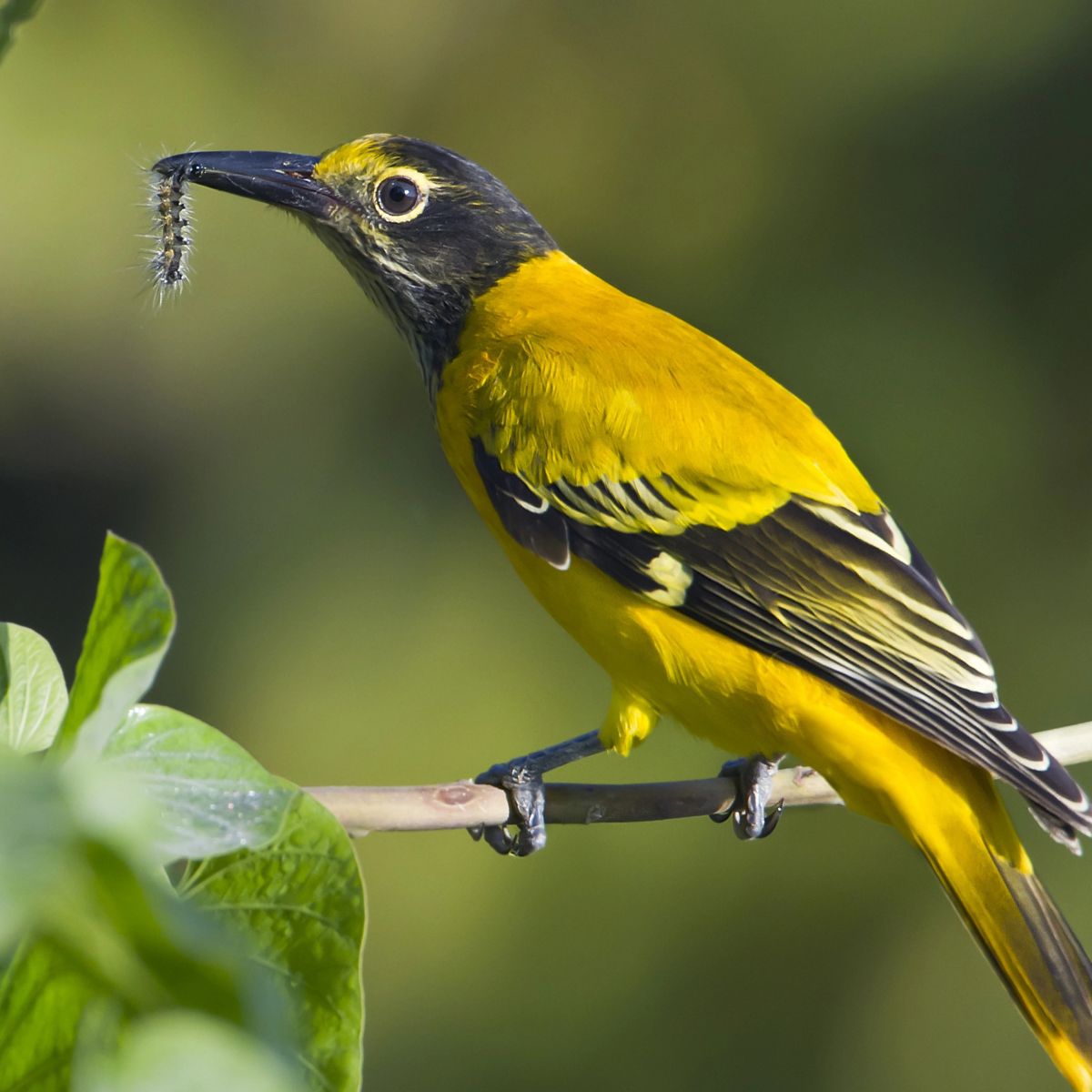
Image credit: Depositphotos
The life and times of a caterpillar, going from an egg and finally going through a metamorphosis into a moth or butterfly, is a beautiful process, one which we are lucky enough to witness at times. But it is remarkable how much they can eat and the versatility of their diets. It must take a lot of nutrients to physically change so much!
Caterpillars and butterflies serve an important function in the ecosystem, so whenever possible, you should try to coexist with them in your garden. The tips provided here can help you to do this, and then you can enjoy seeing the beautiful butterflies flit around your flowers too!

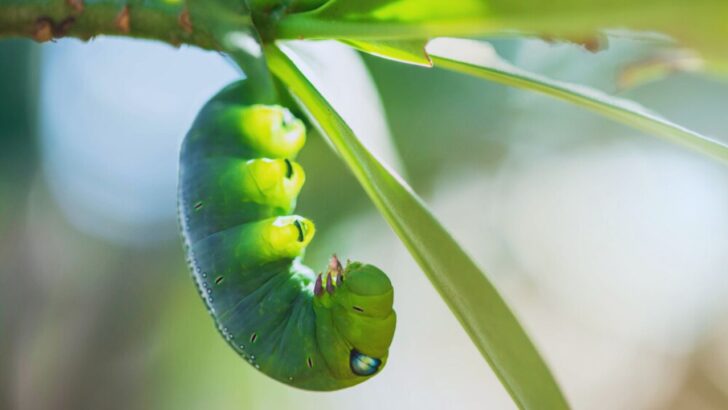

7 Easy Tips For Creating A Garden For Wildlife
Thursday 3rd of August 2023
[…] learn more about what caterpillars eat […]
Phylis Bozeman
Wednesday 28th of December 2022
I am running out of leaves and have a lot of caterpillars. He are Gulf Fritillary. What can I feed them. No plants since the freeze.
Adriana
Thursday 29th of December 2022
Gulf Fritillary loves violets. See if you can maybe buy and plant some pansies: they are cold-weather flowers.
What Do Butterflies Eat? Plus 11 Gorgeous Flowers To Attract Them
Tuesday 23rd of August 2022
[…] Usually, we think of butterflies as fragile, innocent insects. But just like everything else in nature, they have to eat, too! Here’s more information about what caterpillars eat. […]